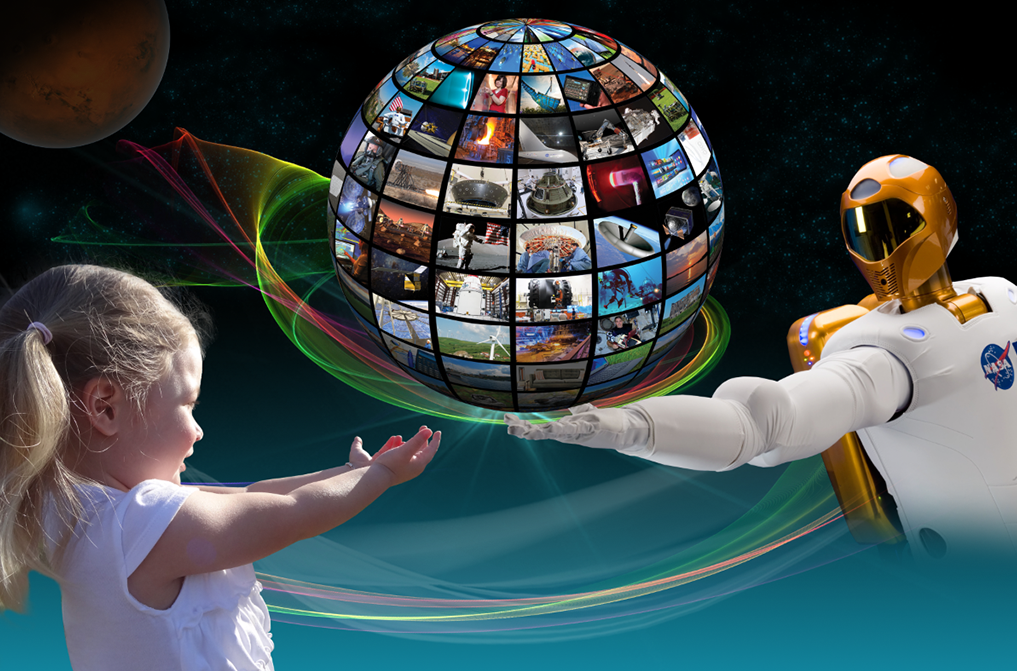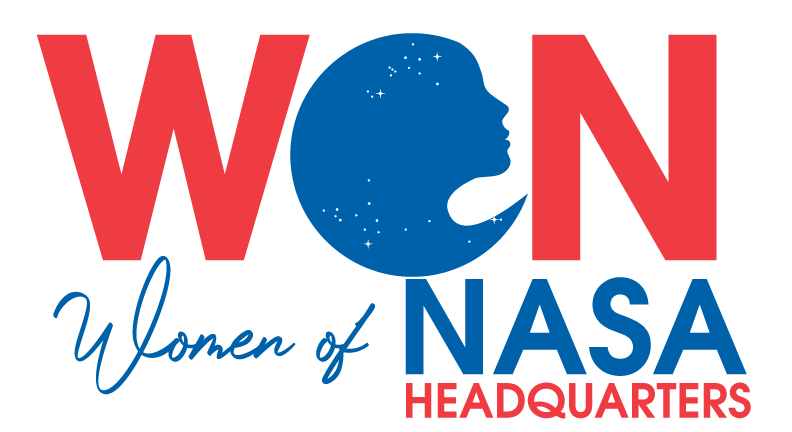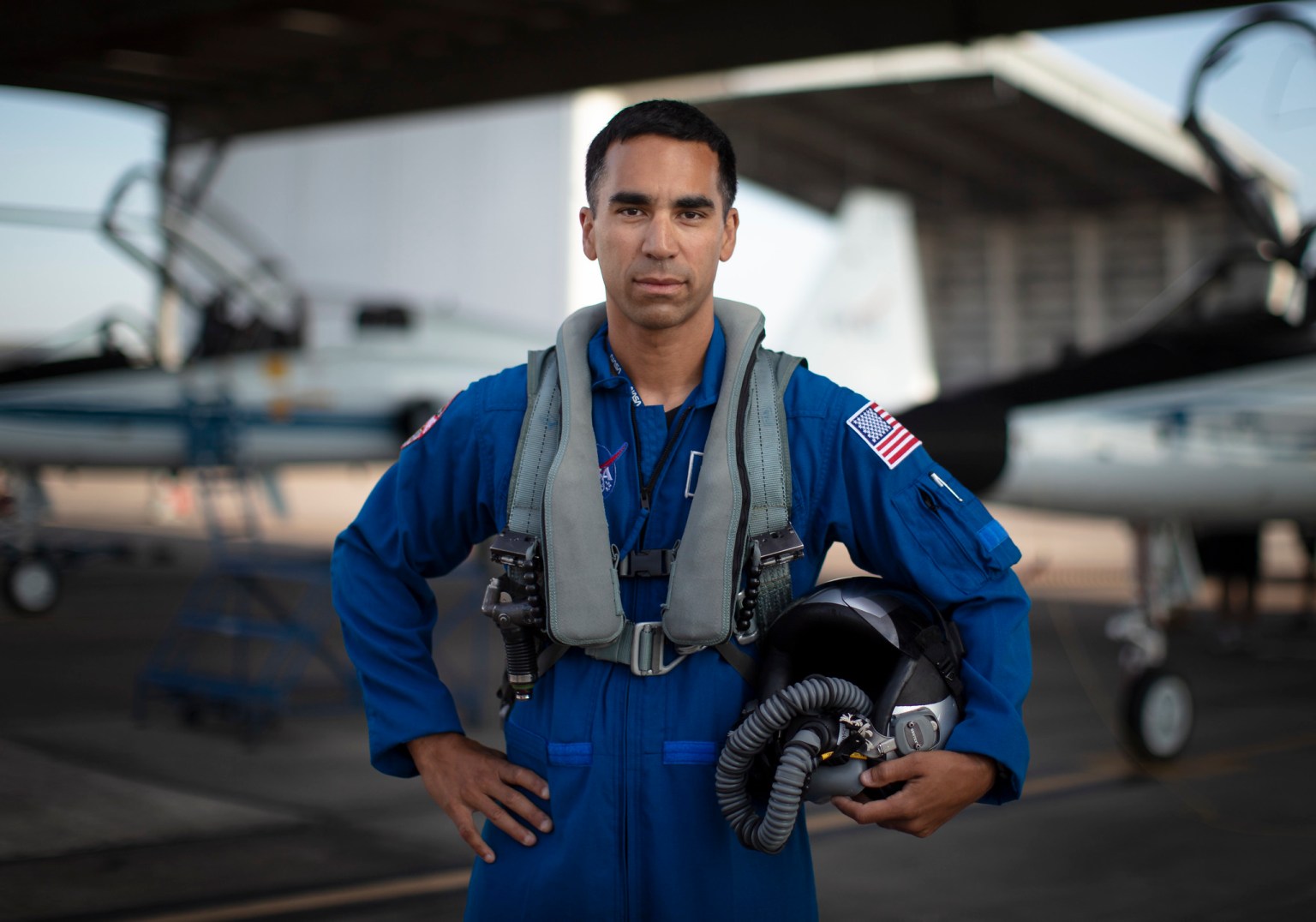For Women’s History Month, we asked some of the NASA women who work on Space Technology Mission Directorate (STMD) missions about their backgrounds and goals. Meet Megan Bock from NASA’s Goddard Space Flight Center in Greenbelt, Maryland:
What do you do at NASA?
While my degrees are both in aerospace engineering, my role at NASA is a systems engineer (SE). Systems is unique in that it takes a bigger picture view compared to more traditional branches of engineering. A systems engineer is typically more of a “jack of all trades” as opposed to a subject matter expert, and we use this knowledge to help break down problems which are too large or detailed for an individual or team to solve.
Currently, I am working as the lead systems engineer for the On-orbit Servicing, Assembly, and Manufacturing 1 (OSAM-1) Servicing Payload. In this role, I am responsible for leading the technical development of a 16 subsystem payload. Our hardware will demonstrate the ability to robotically refuel a client satellite which was not designed to be touched again after its launch. It’s a fun problem – imagine trying to refuel your car without being able to touch it and having left it in a parking garage for a few years. This has led us to some creative solutions, and we have a little bit of everything as a result – from tailored mechanisms like robots and specialized tools, to a suite of high-tech sensors which we use to rendezvous and capture the client autonomously.
What has been your biggest accomplishment or favorite project of your career so far?
My biggest accomplishment on an already-launched project relates to the Ice, Cloud and land Elevation Satellite-2 (ICESat-2) Advanced Topographic Laser Altimeter System (ATLAS) instrument. ICESat-2 was launched in Sept. 2018 with the primary mission of studying changes in the elevation of ice sheets, glaciers, and sea ice in Earth’s polar regions. ICESat-2 uses the ATLAS instrument used to make these height measurements at a rate of 10,000 times per second, with data taken across all latitudes. My role on ATLAS was to develop, test, and document the algorithms used to convert the instrument readings to the raw measurement data used for scientific research. I am happy to share that ATLAS over-performed with respect to our pre-launch predictions: it’s so accurate we can tell if you cut your grass from orbit!
Looking forward, I am very excited about my current project, OSAM-1. The technologies and capabilities we are going to demonstrate are truly cutting-edge. They have the potential to change how our community thinks about mission design as a function of satellite longevity.
How did you become interested in working in a STEM field?
I became interested in working in a STEM field thanks to my parents. They both have technical degrees, but more importantly, fostered a love of learning from a young age. As a kid, most weekends were spent doing science experiments, taking trips to the library, and tinkering with various repair or maker projects. I’ve always been naturally curious, and these activities fed that passion. My parents taught me how to puzzle my way through problems – a skill that I still call upon daily!
What advice do you have for girls looking to pursue a career in a STEM?
I’ve got a few pieces of advice:
- Seek opportunities that stretch your brain: Take all of the math and science classes that are available to you, but be sure to take classes in art/design and writing as well. These topics exercise other parts of your brain and teach you how to be creative. The ability to communicate effectively is also very important when leading a team.
- Get a mentor: It could be a teacher, professor, or leader in your (eventual) work organization. It is important to have a sounding board who can provide guidance and advice. A good mentor can help you with the little and big things because they’ve been in your shoes before – from helping to set your class schedule to encouraging you to apply for a dream job. My career has flourished thanks to the various mentors who have invested in me over the years.
- Don’t be afraid to fail: It sounds cliché, but it is so true. While we’d all love to get it right on the first try, sometimes it takes (many) more attempts. Learn to embrace the process, not the problems, and you will find immense joy in STEM work.
What are you looking forward to most about the future at NASA?
I’ve spent the last 16 years at NASA and I have seen a lot of things change during that time. One of the most notable changes is the makeup of our teams. When I started my career, it was not uncommon to be one of two or three women, and the only young person, in a room full of older men. Looking around now, our teams are much more diverse in terms of age, gender, and race. I am excited to see this for a number of reasons, notably that these diverse perspectives will challenge us to push the proverbial envelope. I am excited to see what new technologies are developed as a result of these varied perspectives and ways of thinking.
What is something most people don’t know about you?
I am a huge baseball fan. My husband and I started our quest to visit all 30 Major League Baseball stadiums on our first date. We’ve been to 20 so far.
What’s the last book you read or a podcast you’ve been listening to?
Not a podcast, per say, but lately I’ve been listening to a lot of TEDTalks. I enjoy hearing the diverse stories and thought processes that go into telling them – it helps to stretch my perspective.
A recent book I read and enjoyed was “Thanks a Thousand” by A. J. Jacobs, which ironically was also based on a TEDTalk. In it, Jacobs talks about the journey taken to thank everyone involved in brewing his daily cup of coffee – from the barista brewing it to the farmer growing the beans. It was an eye-opening perspective on gratitude and how even simple things take a lot of effort.
Who inspires you?
My daughter. She’s still little but has already expressed an interest in engineering. I love her curiosity and desire to figure things out. My goal is to always make her proud and to use my professional talents to leave the world a better place for her and her generation.
































